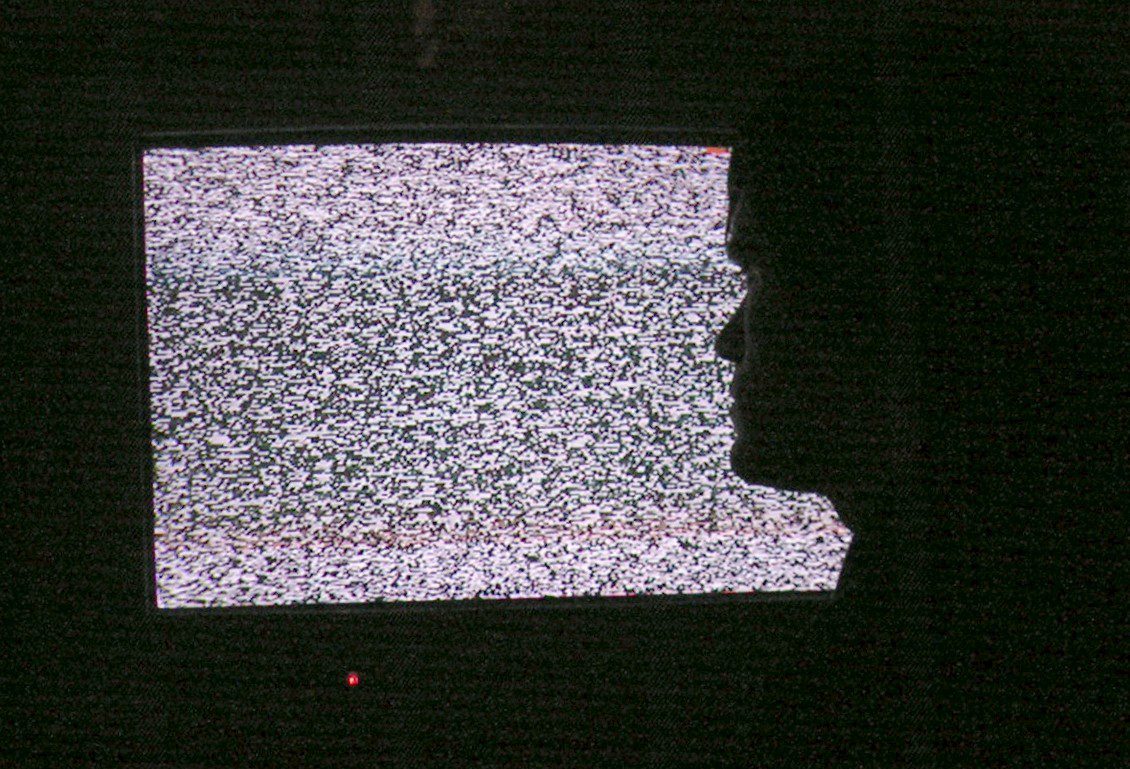This story was funded by the J-Source Patreon campaign
By David Gray-Donald
At one time in Canada, there were around 300 community TV stations. But in 1997, regulatory changes gutted their funding. Two-thirds of those stations have since been shuttered and, for those that remain, the future is uncertain, especially in the digital environment. But the people who love community TV and media aren’t giving in so easily.
During community TV’s height from the 1970’s to 1990’s, locally relevant content was made by volunteers from the community working with full-time television professionals employed by the cable company (eg. Shaw, Rogers, etc), and content was broadcast by the cable provider on a dedicated community channel.
Today, that model is a distant memory for many—something never experienced by younger generations, and mostly unsupported in government policy.
Community TV’s funding is derived from revenues of cable companies, with government setting a percentage of cable provider’s revenues that must be directed to community TV. In the 1970s it was set at 10 per cent; fell to 5 percent in 1991; then to 2 per cent in 1997; and eventually to 0.5 per cent as of a 2016 CRTC decision.
The Canadian Association of Community Television Users and Stations , along with its Quebec counterpart FTCAQ, has participated in each round of consultations on community TV over the last two decades, with little success in pushing the community TV agenda.
In 2015 and 2016, as the Canadian Radio-television and Telecommunications Commission removed funding from community TV, it made that funding available to cable companies to use on other types of programming, like private news production (eg. CTV News).
CACTUS had proposed that the CRTC revive community TV by having cable companies once again direct a 2 per cent portion—around $150 million—from their operating budgets to fund community TV across the country. According to CACTUS’ executive director Cathy Edwards, this would have been enough to support 250 community TV centres, potentially reaching 90 percent of the population.
Edwards told J-Source by phone that CACTUS acknowledges they can’t simply go back to the old model of community TV; for one thing, the physical infrastructure of microwave signal has been replaced by fibreoptic cables, eliminating the need for local broadcasting infrastructure. And of course the Internet has disrupted how traditional TV works.
“We can’t turn the clock back to that (former model of community TV),” said Edwards. Instead, she suggests, “money should be available for non-profit groups to run community access media centres.” This would allow people to walk in the door and learn skills like community television, radio, online content, and games. The idea here is that funding for space and professional staff would allow volunteers from the community to get involved in and learning about independent media production, similar to U.S. initiatives like the Manahattan Neighbourhood Network and Portland’s Open Signal community media
But the CRTC hasn’t gone for it. In the rationale posted online for their 2016 decision, pegging community TV funding at 0.5 per cent of cable revenues, they state that, “There are currently sufficient sources of funding within the system (for) the creation of locally produced, locally reflective programming.”
CACTUS argues this is at odds with a 2015 study of of cable program guides—carried out by a network of community media groups and university researchers—which found more than 60 cases where cable companies seeking license renewals that year had failed to meet their local and community programming thresholds.
At the tail end end of 2016, CACTUS and others led a petition campaign to press the federal government to support community media centres by once again directing funding to them. In addition to more local content, they called for residents to be able to get skills trainings on multi-media platforms, and have access to content distribution capacity. Twenty-two such petitions in ridings across the country—represented by each of the three major parties—gathered the requisite number of signatures and were delivered by MPs in the House of Commons.
But CACTUS’s message hasn’t been heard by a wider audience. For example, in January, the Public Policy Forum released “The Shattered Mirror: News, Democracy and Trust in a Digital Era”. While it explores trends in media and discusses various business models, community TV is not mentioned.
Canadian Heritage spokesperson Tim Warmington told J-Source in an email statement that, “The Government recognizes that the community media play an important role in strengthening Canadian society, reflecting its diversity, and informing citizens.” The statement references the Canadian Content in a Digital World Ipsos consultations, whose interim report as mentioned hardly touches on community TV, as a recent venue for “Canadians to consider the impact of the digital shift on both entertainment and information content.”
In a March 8 press release, CACTUS and FTCAQ pointed out that while community media has been disregarded in reports and policy, the Broadcasting Act calls it one of three pillars of the national media system. They also noted that community media costs one-tenth of what the private or public sector requires for production.
But wrestling funds for this type of media away from cable providers, who have consolidated from around 50 companies down to five today — Rogers, Shaw, Bell, Cogeco and Quebecor — may be a difficult task.
While CACTUS AND FTCAQ wait to see if the government will listen, they are looking beyond the help that the Department of Canadian Heritage may provide.
Funds may be available through other federal ministries for community media, or through provincial governments. Quebec, for example, already funds community media, Edwards said.
Far from giving up amid the long string of hits community media has taken, Edwards is eager to get moving on making it work. “We’re going to work our way through the government departments over the coming months,” she said.

